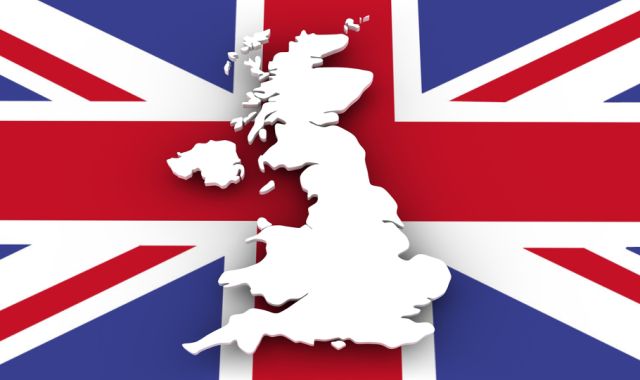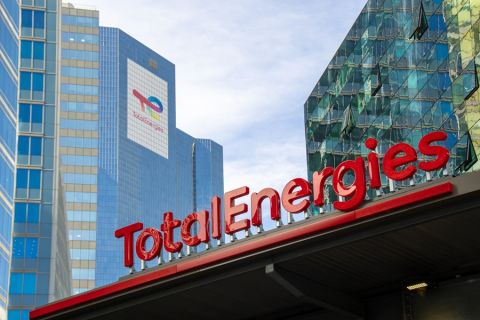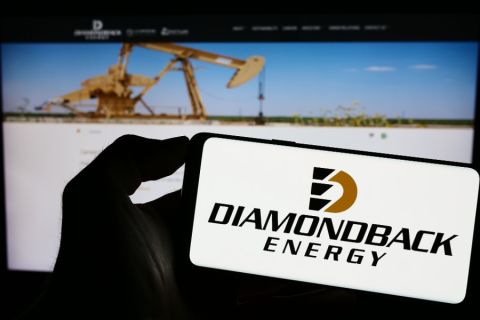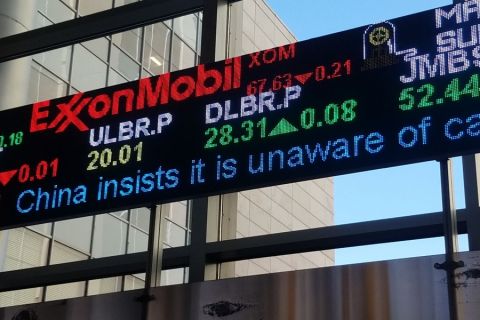
Will the U.K. ever realize its shale potential? Some signs are encouraging. In 2013 the British Geological Survey released estimates that the Bowland Basin might contain up to 39 Tcm (1,300 Tcf) of gas. And more recently Ineos announced plans to invest up to $1 billion in shale gas exploration and production in the U.K. to access raw materials for its chemical plants.
Promising signs indeed, but according to panelists at the recent Petex conference in London, shale development in the U.K. is not a slam-dunk. Many issues remain that span everything from geology to public sentiment.
The country certainly could use the gas. Ken Cronin with United Kingdom Onshore Oil and Gas (UKOOG) noted that 83% of the homes in the country are heated with natural gas, and millions of appliances are powered by gas. The petrochemical industry, he added, maintains half a million jobs using gas as feedstock. In fact, he said, some of the country’s petrochemical plants sit right on top of the shale reserves.
John Blaymire with IGas added that it’s important for the industry to understand the geology so that it can get to the point where it can drill test wells, get them completed and start testing their production potential. “This is a key thing for the U.K. as a whole,” he said.
He added that building public trust will require transparency. “All of you have a role to play,” he told the audience. “But we have a long history of drilling wells in the U.K.”
Iain Bartholomew, an independent consultant, has been working with U.S. companies in that country’s shale plays, and he noted that of the 64 identified shale plays in North America, only six of them have been technically and commercially successful. Still, those six have produced 1.26 Tcm (42 Tcf) of shale gas.
“It only works when the rocks are just right,” he said.
It also works when there are economies of scale. To access that production has required hundreds of thousands of wells, a rate of 36,000 wells per year and 1,500 land rigs, he said. Even with that full-court press, recovery factors are only 1% to 3% of the gas in place, and they’re even lower in the oil plays.
If one applies that math to the Bowland Basin, that would imply that at a 1% recovery rate, only 368 Bcm (13 Tcf) of gas is recoverable. “That’s not a huge number,” Bartholomew said. “This will work in small pockets, but I don’t think it will work on the scale of government expectations.”
So will the geology work? “That’s the burning question in shales,” said Al Fraser, a professor at Imperial College and a former geologist with BP. Fraser said that the shales in the U.K. are not on a large regional scale like they are in the U.S. but rather are located in synrifts. However, the U.K. shales are much thicker than their U.S. cousins, up to 305 m (1,000 ft) in places. He added that these are “superb” shales that are as good if not better than what can be found in the U.S. “And it looks as if they have the right organic components,” he added. Shales in the north tend to be better than shales in the south, he added, because the southern shales contain more clay.
“The science says it will work, and the data say it will work,” Fraser said.
Still, development of these shales will take a lot of study. Cronin noted that it took a lot of work to get to where the U.S. is today. “In Poland they thought they could just walk in and do it again,” he said. “But every shale play is different. We need to do our exploration work.”
Contact the author, Rhonda Duey, at rduey@hartenergy.com.
Recommended Reading
TotalEnergies Eyes Suriname FID by Year-end 2024
2024-04-29 - France’s TotalEnergies and U.S. partner APA Corp. look to place their long lead orders ahead of a final investment decision related to their joint development offshore Suriname in Block 58.
Diamondback Stockholders All in for $26B Endeavor Deal
2024-04-29 - Diamondback Energy shareholders have approved the $26 billion merger with Endeavor Energy Resources.
ProPetro to Provide eFrac Services to Exxon’s Permian Operations
2024-04-29 - ProPetro has entered a three-year agreement to provide electric hydraulic fracturing services for Exxon Mobil’s operations in the Permian Basin.
Keeping it Simple: Antero Stays on Profitable Course in 1Q
2024-04-28 - Bucking trend, Antero Resources posted a slight increase in natural gas production as other companies curtailed production.
Oil and Gas Chain Reaction: E&P M&A Begets OFS Consolidation
2024-04-26 - Record-breaking E&P consolidation is rippling into oilfield services, with much more M&A on the way.





